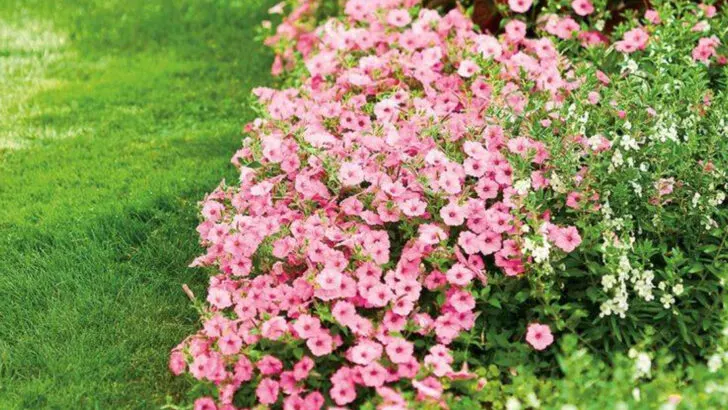Bees are some of the most important pollinators in our gardens and ecosystems. Attracting these busy helpers can boost the health and beauty of your plants, while also supporting the environment. But not all flowers are created equal when it comes to inviting bees to visit. Knowing which flowers attract bees can turn your garden into a buzzing paradise full of life and color.
On the flip side, some plants naturally repel bees and other pollinators. Whether you want to keep bees away from certain areas or simply reduce their presence, planting flowers that keep bees away can help you create a comfortable and safe outdoor space. This is especially useful in places where bee allergies or stings are a concern, or if you want to avoid bee traffic near patios and play areas.
In this article, we’ll explore 8 flowers that attract bees with their irresistible colors and scents, plus 7 flowers that keep bees away without harming them. You’ll learn how to design your garden for both buzzing activity and peaceful moments, making the most of nature’s helpers — or politely asking them to stay clear.
Lavender
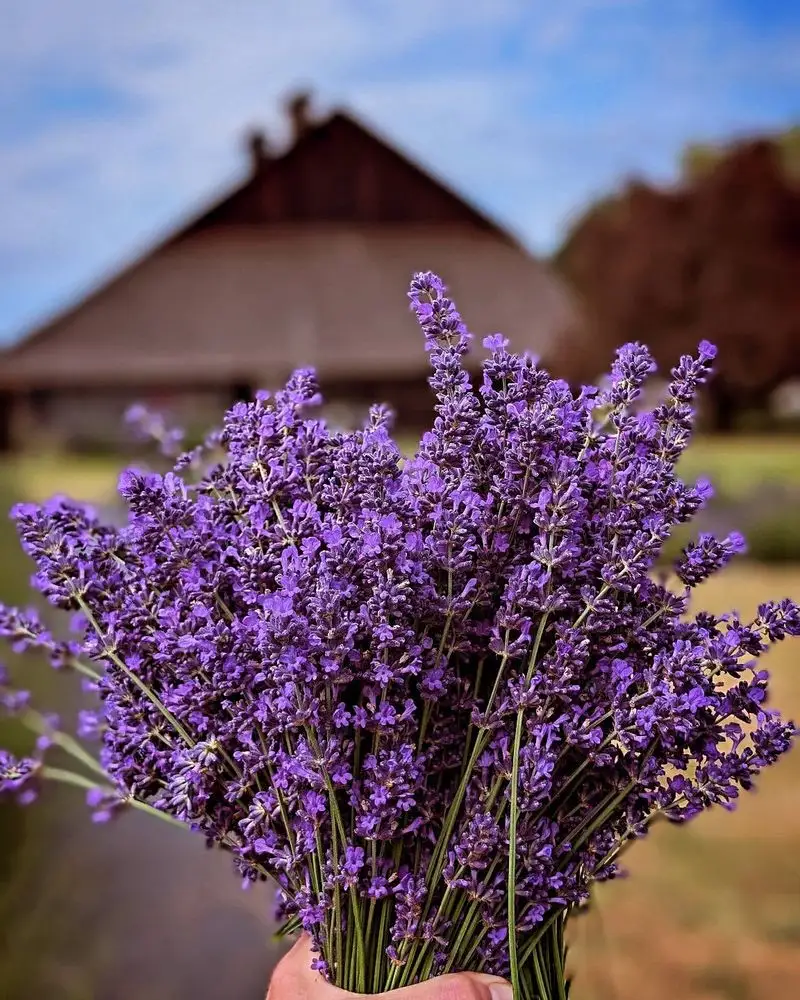
The soothing scent of lavender isn’t just a favorite for humans; bees find it irresistible too. These purple spikes stand tall, inviting bees to feast on their abundant nectar. With each gentle breeze, the air fills with its calming aroma. Planting lavender not only beautifies your garden, but it also ensures a buzzing ecosystem. Besides attracting bees, lavender has been used for centuries in oils and sachets for relaxation. Its dual purpose of beauty and utility makes it a garden favorite.
Sunflower
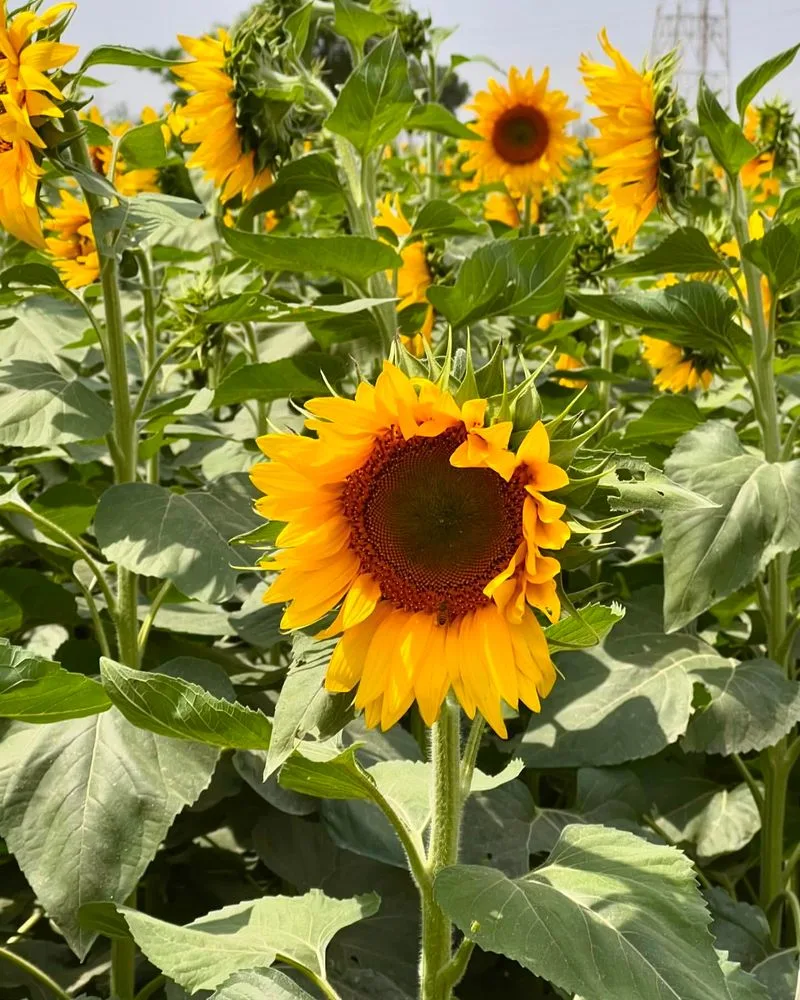
Sunflowers, those golden giants, are like nature’s welcoming committee for bees. Their bright yellow petals and towering presence make them hard to miss. Beneath their sunny exterior, they harbor a treasure trove of nectar. Bees flock to them, ensuring pollination success. Interestingly, sunflowers have been symbols of positivity and strength through the ages. Whether used for seeds or simply to brighten your garden, they serve as a beacon for pollinators, ensuring your garden is alive with activity.
Bee Balm
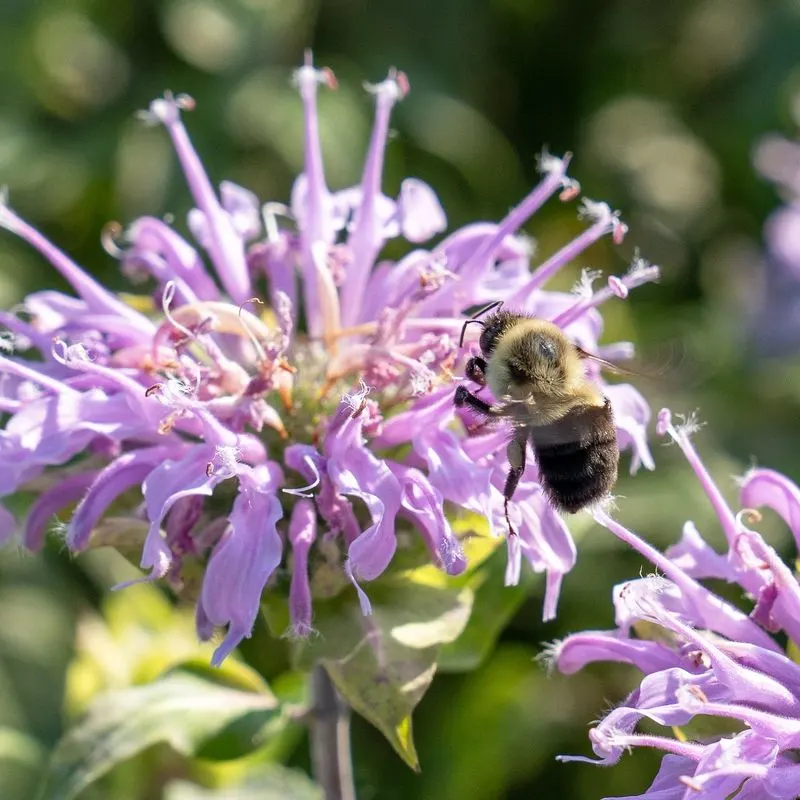
True to its name, bee balm is a magnet for buzzing visitors. Its striking pink and red blooms resemble fireworks, drawing bees like a magnet. Beyond its visual appeal, bee balm is known for its fragrant leaves, often used in herbal teas. This perennial favorite not only enhances your garden’s aesthetic but also plays a vital role in supporting pollinators. Its rich history in herbal remedies gives it an added dimension, making it a multi-functional addition to any garden.
Borage
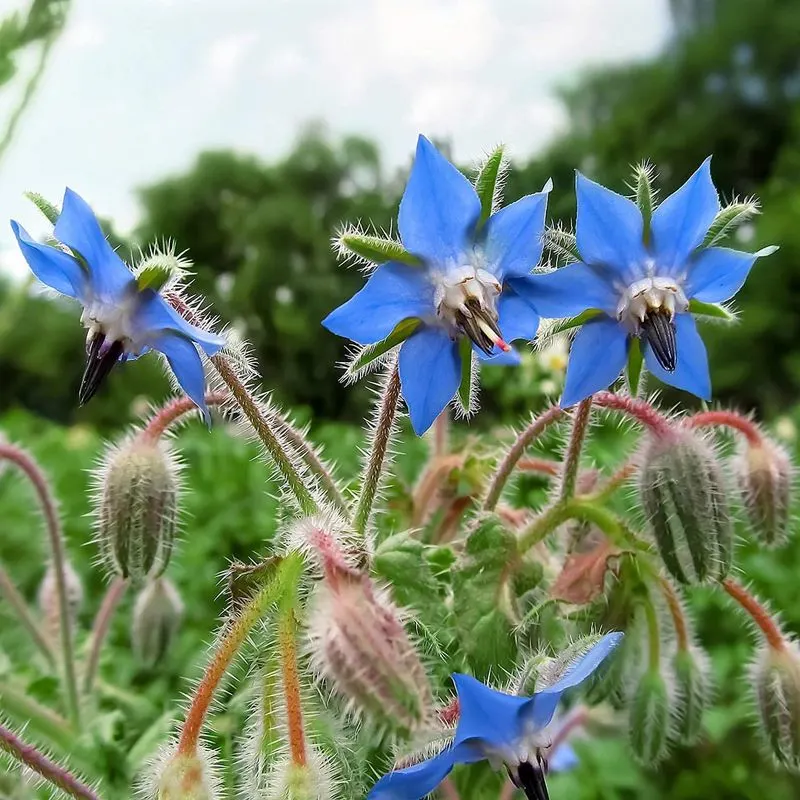
Borage, with its delicate star-shaped blue flowers, offers a feast for the eyes and bees alike. Often referred to as a bee’s best friend, these blooms provide ample nectar throughout their blooming season. Historically, borage has been used in culinary and medicinal applications, adding to its charm. It’s not just bees that benefit; gardeners appreciate its ability to improve soil quality. Borage’s unique combination of beauty and utility makes it a staple in bee-friendly gardens.
Crocus
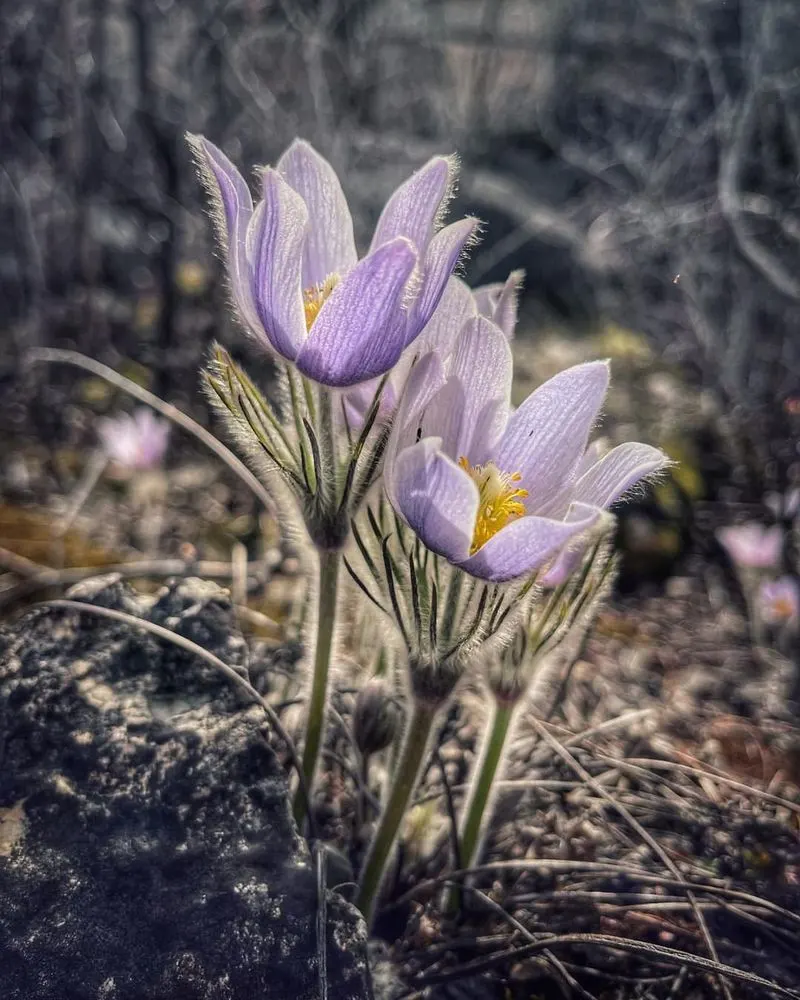
As one of the first flowers to bloom in spring, crocuses play a crucial role for hungry bees. Their bright, cup-shaped flowers open their doors wide, offering pollen to early pollinators. These hardy blooms defy the late winter chill to provide a splash of color and sustenance. Among the first signs of spring, they symbolize renewal and hope. Planting crocuses ensures your garden is one of the first pit stops for bees emerging from winter slumber, ready to pollinate as the season unfolds.
Coneflower
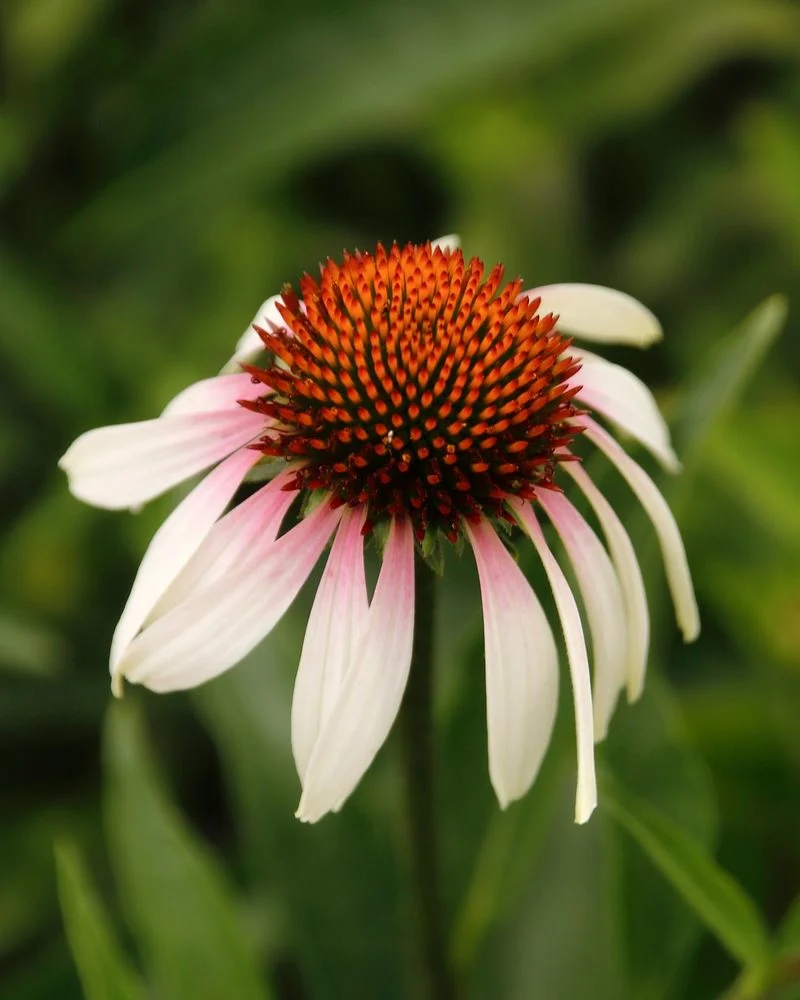
Coneflowers, with their distinctive raised centers and vibrant petals, offer a delightful sight for both humans and bees. These perennial favorites are tough, thriving in various climates. Their nectar-rich centers become a regular pit stop for bees, ensuring pollination across your garden. Observing bees dance from one flower to another can be a meditative experience. The coneflower’s resilience and beauty make it an essential part of any bee-friendly garden, standing as a testament to nature’s design.
Marjoram
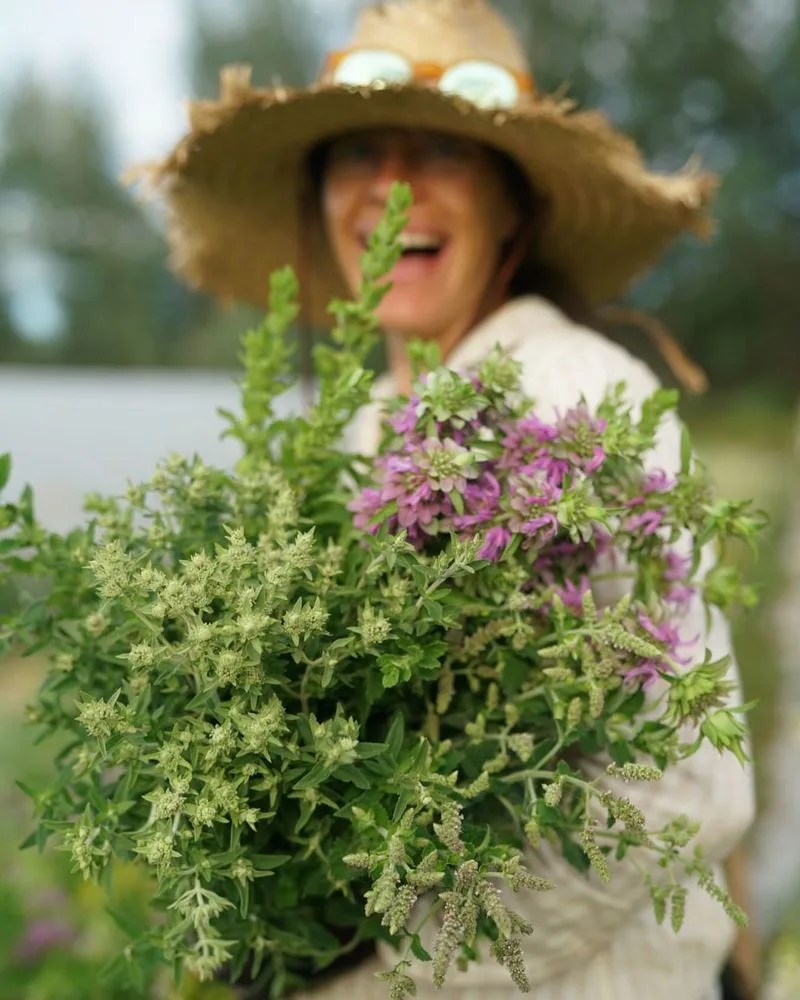
Marjoram might be a culinary delight for many, but it’s also a feast for bees. Its tiny white flowers are like a buffet, offering nectar that bees can’t resist. As an herb, marjoram is versatile, used in various dishes to add a sweet, aromatic flavor. In the garden, its gentle presence is both unassuming and essential, quietly supporting the ecosystem. Offering sustenance to bees while enhancing your garden’s aesthetic, marjoram proves that even the smallest flowers can have a big impact.
Cosmos
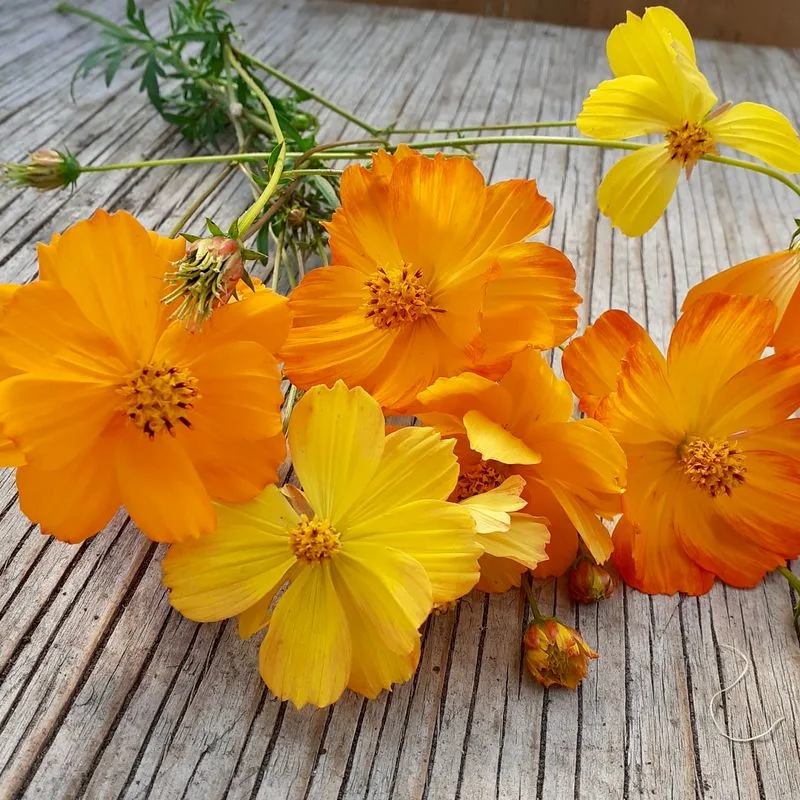
Cosmos flowers, with their dainty, feather-like appearance, are a visual treat. Their open, bowl-shaped blooms are perfect for bees, providing easy access to nectar. These annuals are incredibly easy to grow, thriving even in poor soil. Known for their long blooming season, cosmos keeps your garden lively well into autumn. Beyond their beauty, they symbolize harmony and peace, ensuring your garden is a serene haven for both you and the bees. Planting cosmos guarantees a consistent food source for bustling pollinators.
Chrysanthemum
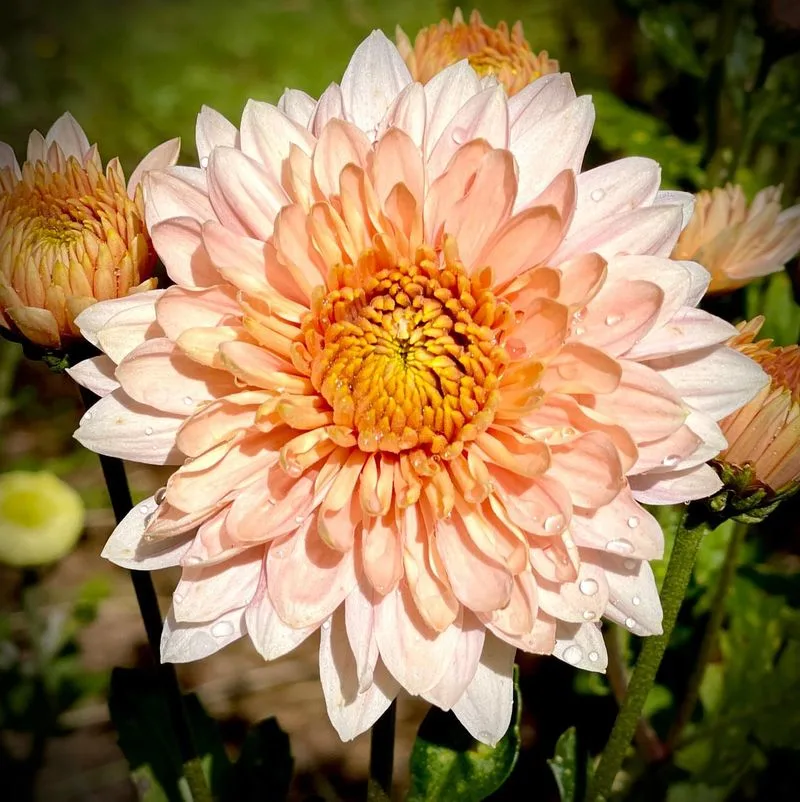
Despite their vibrant hues, chrysanthemums are not a bee favorite. Their blooms lack the fragrance and nectar that typically attract these buzzing visitors. This makes them an ideal choice for gardeners looking to enjoy bright colors without the accompanying bee activity. Chrysanthemums have long been celebrated in various cultures for their beauty and symbolism. They offer a splash of color to gardens, and their ability to repel bees allows gardeners to appreciate their beauty without the buzz.
Geranium
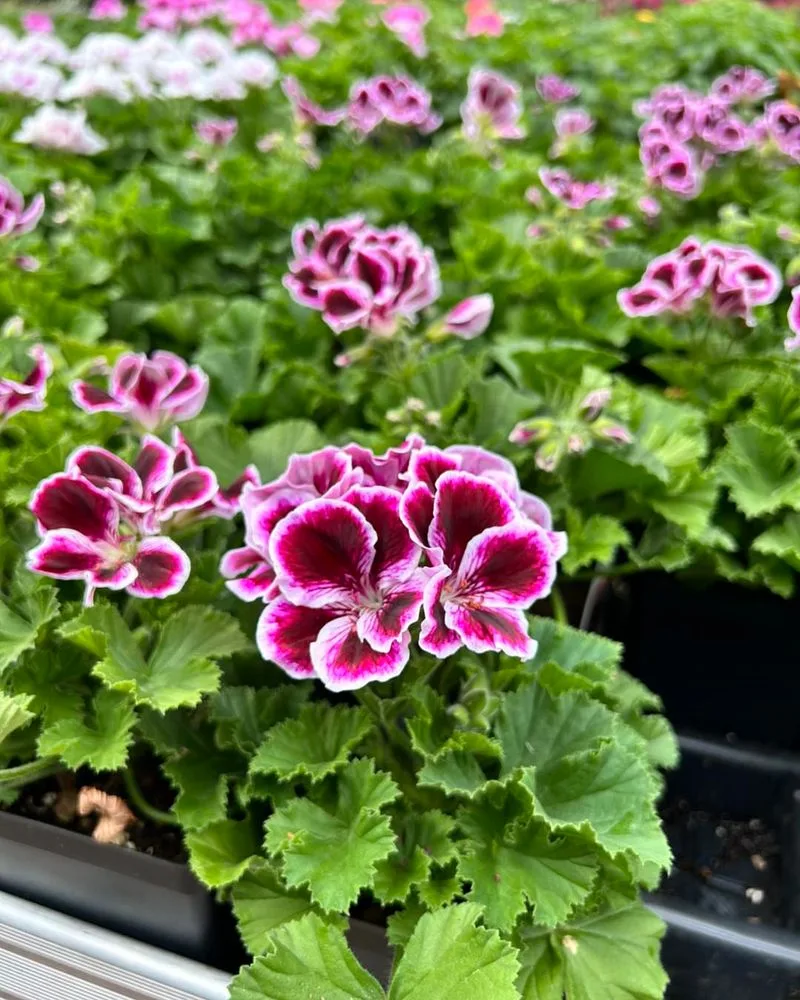
Geraniums, with their bold colors, often adorn balconies and gardens. However, their scent is off-putting to bees. This makes them a perfect choice for those preferring a bee-free space. Besides their beauty, geraniums are known for their durability, thriving in both sunny and shaded areas. They symbolize comfort and gentility, offering a serene setting without attracting buzzing guests. For gardeners wanting vibrant blooms without bees, geraniums provide a colorful yet tranquil solution.
Eucalyptus
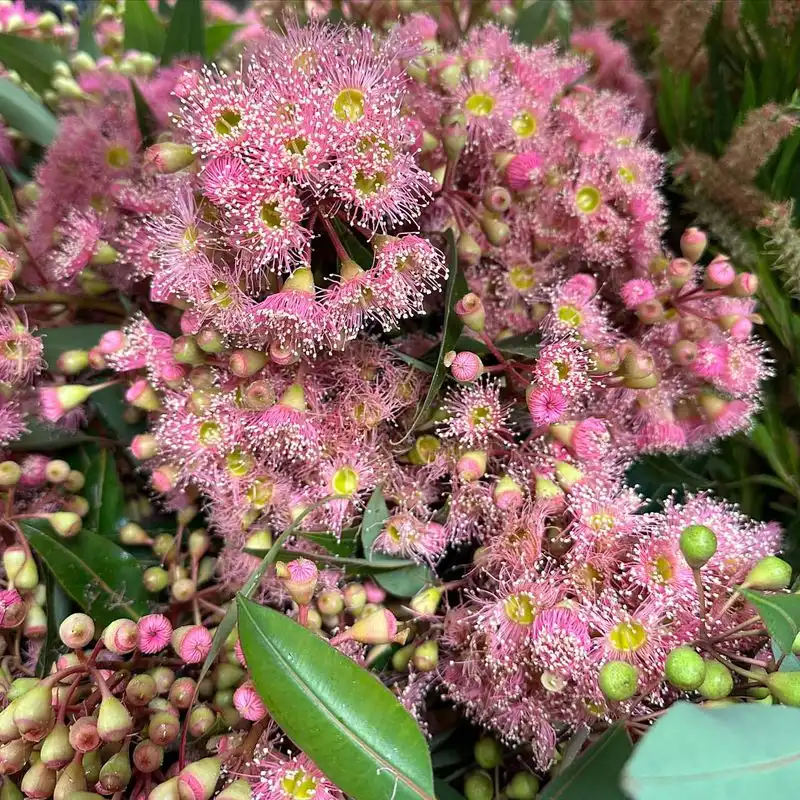
Eucalyptus might be known for its refreshing scent, but it’s not on a bee’s favorite list. The oil-rich leaves and lack of floral nectar make it unappealing to bees. This distinctive tree is often planted for its aromatic leaves used in various applications, from oils to medicinal remedies. Gardeners appreciate eucalyptus for its unique foliage and calming presence, creating a refreshing environment. While it may not invite bees, it contributes a soothing aroma to any garden it graces.
Fern
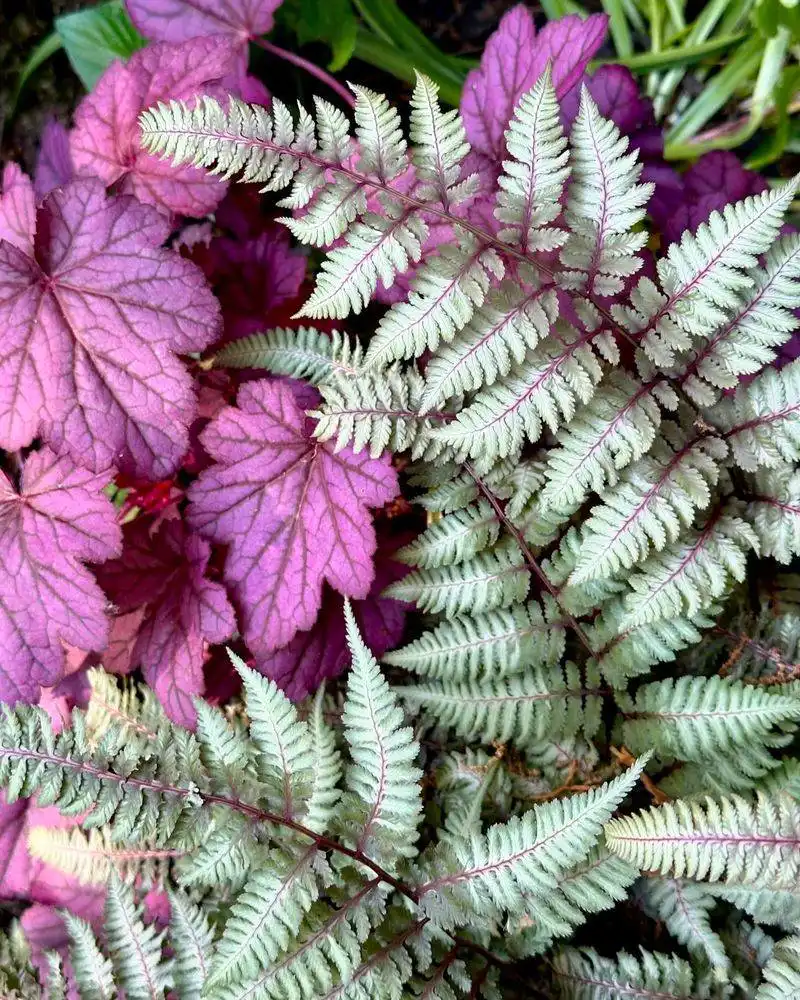
Ferns, with their delicate fronds, offer a unique beauty without enticing bees. These non-flowering plants thrive in shaded areas, providing a lush green backdrop. Their absence of flowers makes them unappealing to bees, offering a peaceful retreat. Often associated with tranquility, ferns add a touch of serenity to gardens. Their resilience and low-maintenance nature make them a favorite among gardeners looking for greenery without the buzz. Planting ferns ensures a serene, bee-free haven in your garden.
Marigold
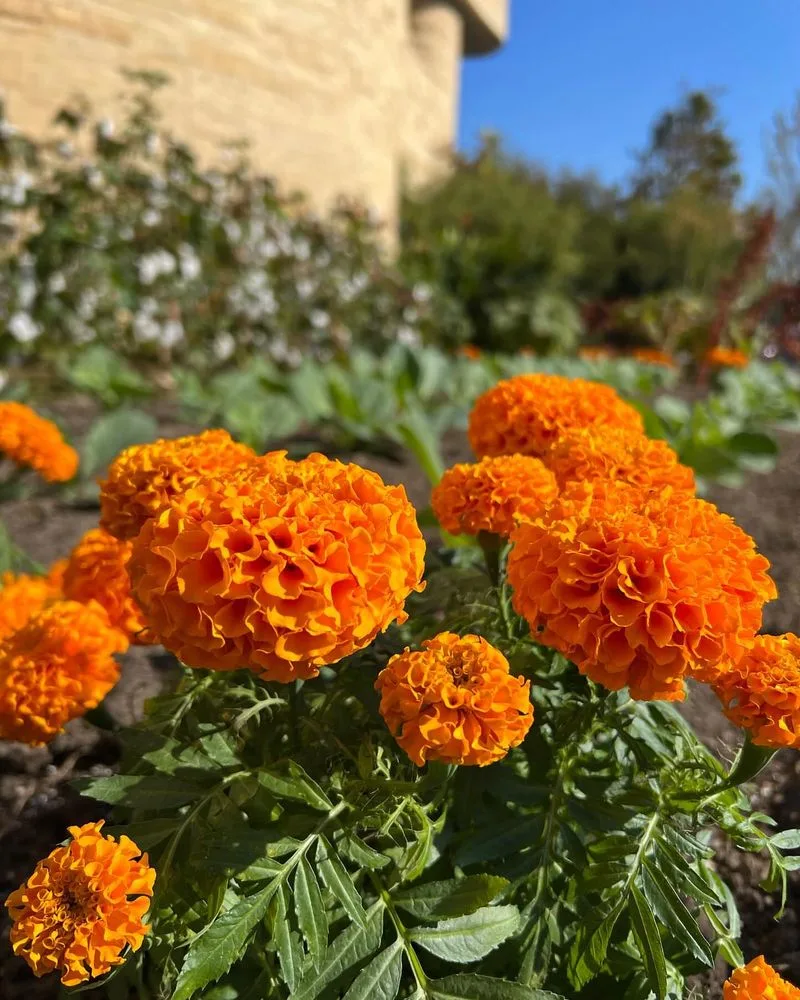
Marigolds, known for their bright and bold colors, often deter bees. Their pungent scent acts as a natural repellent, keeping buzzing visitors at bay. Gardeners often use marigolds as companion plants to protect other blooms from pests. Their ability to thrive in various conditions while repelling bees makes them a practical choice. Beyond their utility, marigolds have been used in cultural celebrations, symbolizing passion and creativity. Planting them ensures a vibrant garden with minimal bee activity.
Petunia
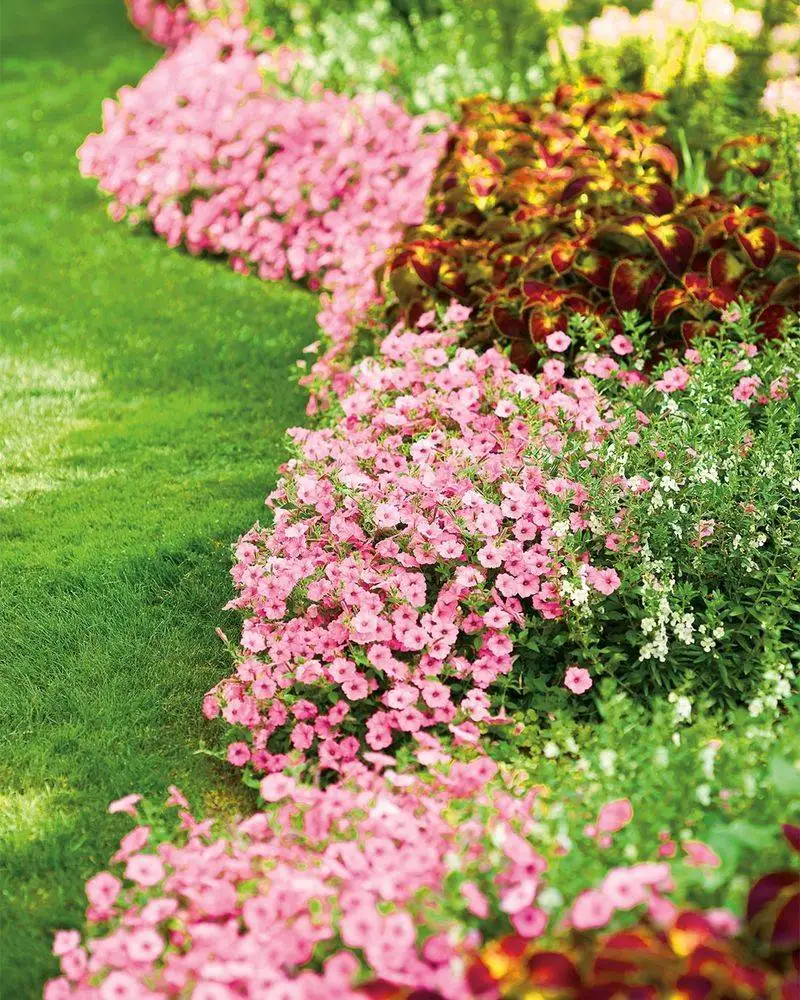
Petunias, with their cascading blooms, add a splash of color to any space. These flowers are not preferred by bees due to their lack of strong fragrance. Ideal for hanging baskets or borders, petunias provide beauty and elegance without attracting buzzing insects. Their versatility in color and form allows gardeners to create diverse displays. Associated with soothing and calming qualities, petunias offer a peaceful gardening experience. They ensure vibrant aesthetics while maintaining a bee-free environment.
Snapdragon
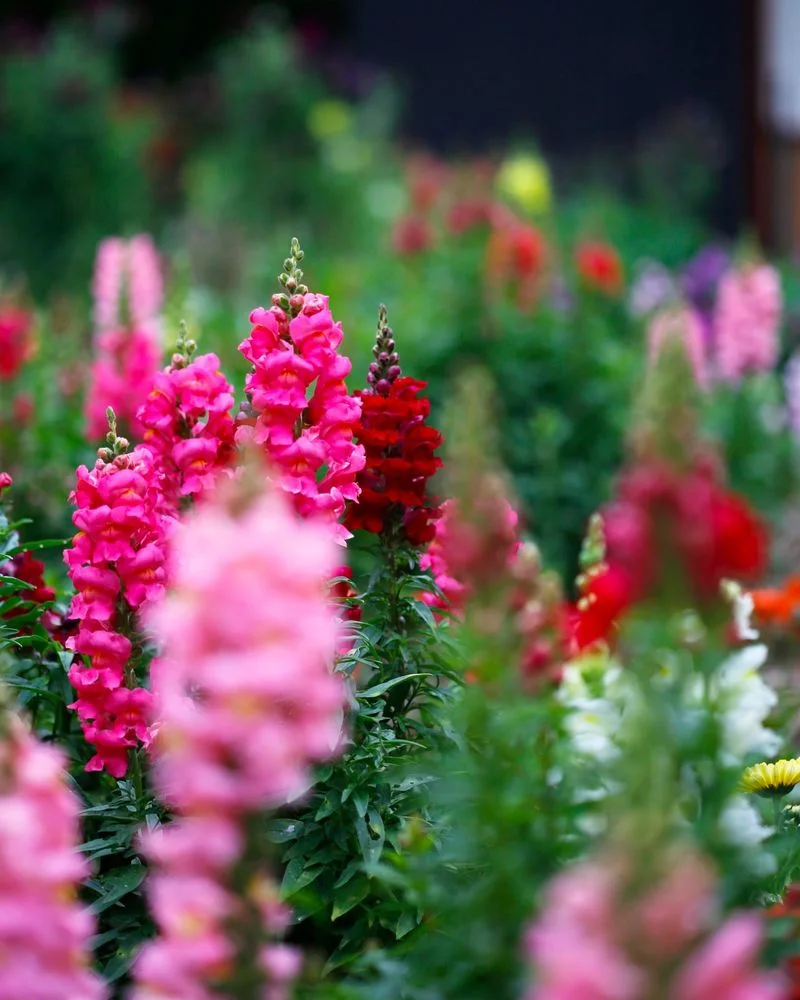
Snapdragons, with their whimsical, dragon-like blooms, often go unnoticed by bees. The unique shape of these flowers makes accessing nectar challenging for many insects. Snapdragons add a playful charm to gardens with their vibrant colors and distinct form. Known for their resilience, they can thrive in various conditions, offering lasting beauty. Gardeners value their ability to bring character and flair without attracting bees. Planting snapdragons provides a lively yet tranquil garden experience, perfect for those seeking a buzzing-free environment.

